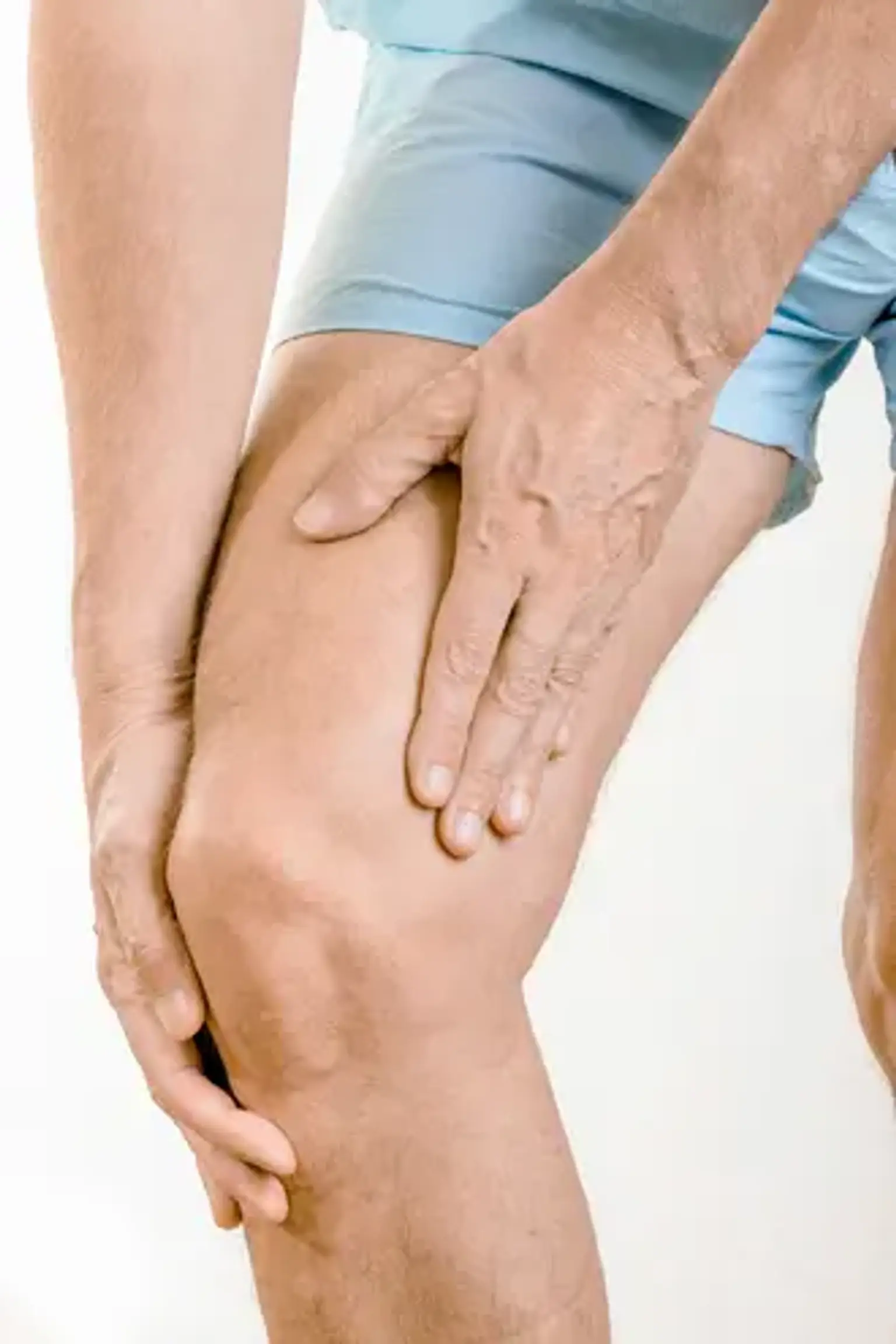Introduction
Leg injuries are a common yet significant concern that can impact a person’s ability to move, work, and enjoy daily activities. From simple sprains to complex fractures, these injuries can occur at any time—whether through sports, accidents, or even simple missteps. The ability to properly diagnose and treat these injuries is crucial to ensure a full recovery and prevent long-term complications.
In this article, we’ll explore the different types of leg injuries, how they’re diagnosed, and the most effective treatment options available. Understanding the symptoms and diagnostic process will help you seek timely medical care, while knowing the available treatments will give you a roadmap for a successful recovery.
Understanding Leg Injuries: Types and Causes
Leg injuries are broadly categorized into bone fractures and soft tissue injuries (ligaments, tendons, muscles).
Fractures: These involve a break in the bone, such as tibia, fibula, or femur fractures. They often result from high-impact trauma, like a fall or car accident.
Soft Tissue Injuries: These include sprains (ligament injuries), strains (muscle or tendon tears), and contusions (bruising). They typically happen during activities like running or sports.
The causes of leg injuries vary, from accidents and falls to overuse and aging. Athletes, for instance, are prone to ACL injuries, while elderly individuals may experience bone fractures due to falls or osteoporosis.
